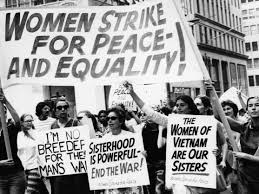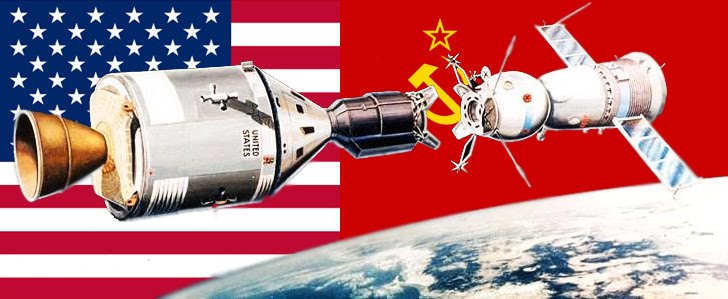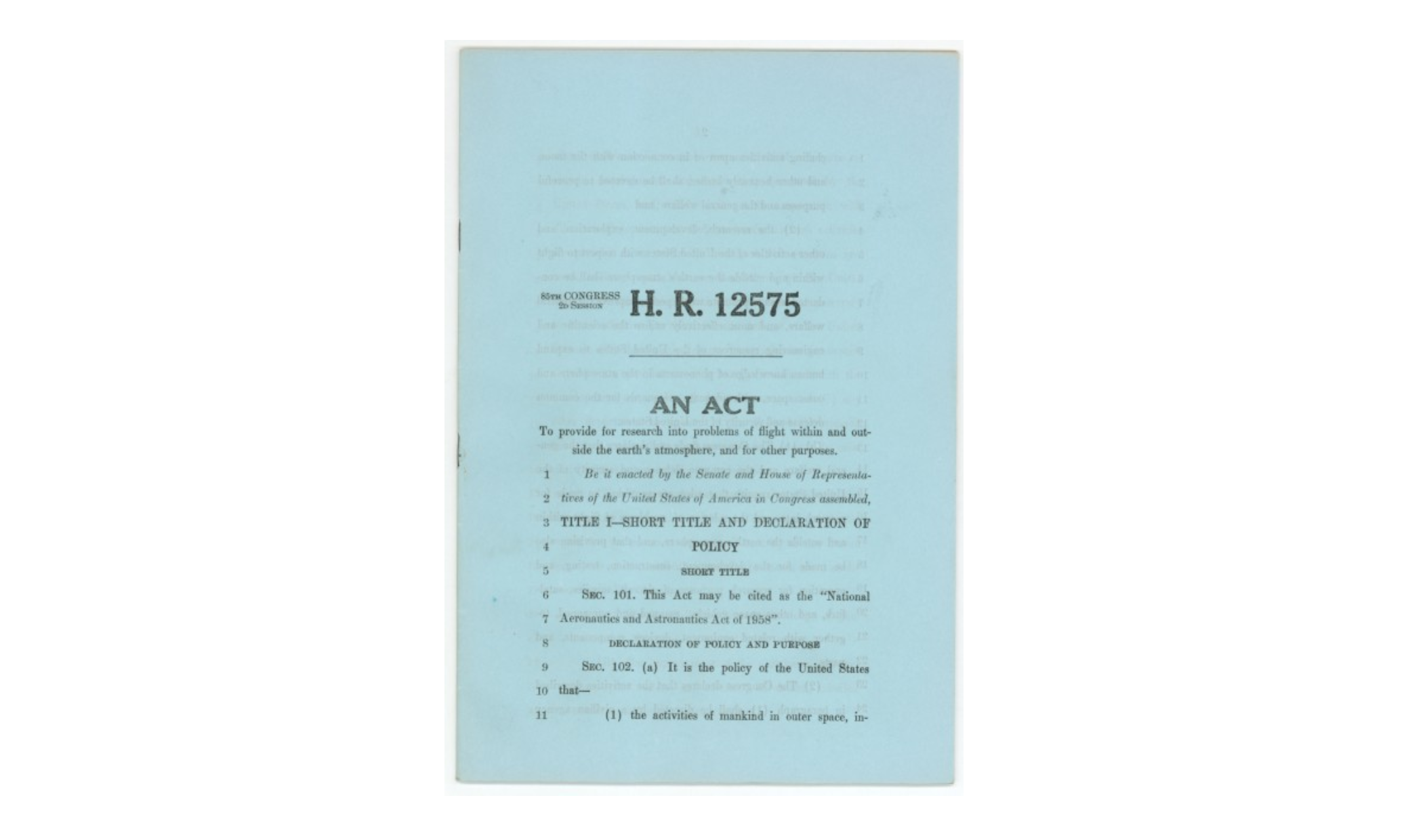
Women Stiking for gender equality (Courtesy of HISTORY)

Image courtesy of Google Sites.
The 1960s were dominated by the Vietnam War and Civil Rights movements, when hundreds of thousands of Americans began to speak their minds. "African Americans used sit-ins, freedom rides, and protest marches to fight segregation, poverty, and unemployment. Feminists demanded equal job opportunities and an end to sexual discrimination. Mexican Americans protested discrimination in voting, education, and employment, and Native Americans demanded the government the right for tribes to govern themselves" (HISTORY).
On top civil rights, the U.S was fighting the war in Vietnam. As the war dragged on, it divided the nation and people began protesting in the streets, while others fled to Canada to avoid the draft.

Women Stiking for gender equality (Courtesy of HISTORY)

People speaking out to stop racism and the Vietnam War (Courtesy of Chronicling In America)

U.S soldiers in Vietnam marching (Courtesy of HISTORY)
The Cold War was a competition between the United States and the Soviet Union in every possible area. "The Space Race included the exploration of outer space using rocket technology with artificial satellites to send animals and humans into space, and to land people on the Moon" (“The Space Race - The Cold War in Germany”). When the Soviets developed rocket technology and launched the world’s first artificial satellite, Sputnik I, on October 4, 1957, it caused panic in the government and fear and anxiety in the U.S because the Soviet Union had surpassed the technological advancements of the United States. "Then, Sputnik II was launched the following month, carrying a dog named Laika and in May 1958, the Soviets launched Sputnik III, which weighed almost three thousand pounds. Continuing their success, the Soviets sent a space probe in 1959, Lunik III, to photograph the dark side of the moon" (“The Space Race - The Cold War in Germany”).

Above is Letter from Representative David S. King to Vice President Lyndon B. Johnson, April 15, 1961. When Soviet cosmonaut Yuri Gagarin became the first person in space, Representative David King of Utah wrote a strongly worded letter to Vice President Lyndon Johnson. King argued that “the space race is fiction” because the U.S. was not keeping pace with the Soviets’ spectacular achievements. He urged that greater funding be allotted to the space program. (Image courtesy of Records of Temporary Committees, Commissions, and Boards, National Archives and Records Administration, Washington, D.C.)
In response to the Soviet Union's success, the U.S established the NASA on October 1, 1958, as the primary federal agency. NASA’s earliest objective was to launch a manned vehicle into Earth’s orbit as soon as possible, the Soviets, however, won that race when Soviet cosmonaut, Yuri Gagarin, became the first man to enter Earth’s orbit, in a single-pilot spacecraft called Vostok I on April 1961.

Bill to Establish the National Aeronautics and Space Administration, June 16, 1958. Committees in both houses crafted legislation that created the National Aeronautics and Space Administration (NASA). President Dwight D. Eisenhower signed the bill into law on July 29, 1958. (Image courtesy of Records of the U.S. Senate, National Archives and Records Administration)
The Americans were not far behind, one month later, Alan Shepard became the first American in space. In February 1962, John Glenn became the first American to enter Earth’s orbit. Because the Soviets were winning, President Kennedy announced the inauguration of the Apollo Program, which promised to put man on the moon by the end of the decade.
President John F. Kennedy at Rice University in Houston, Texas giving his famous Moon Speech (1 minute video courtesy of Youtube)